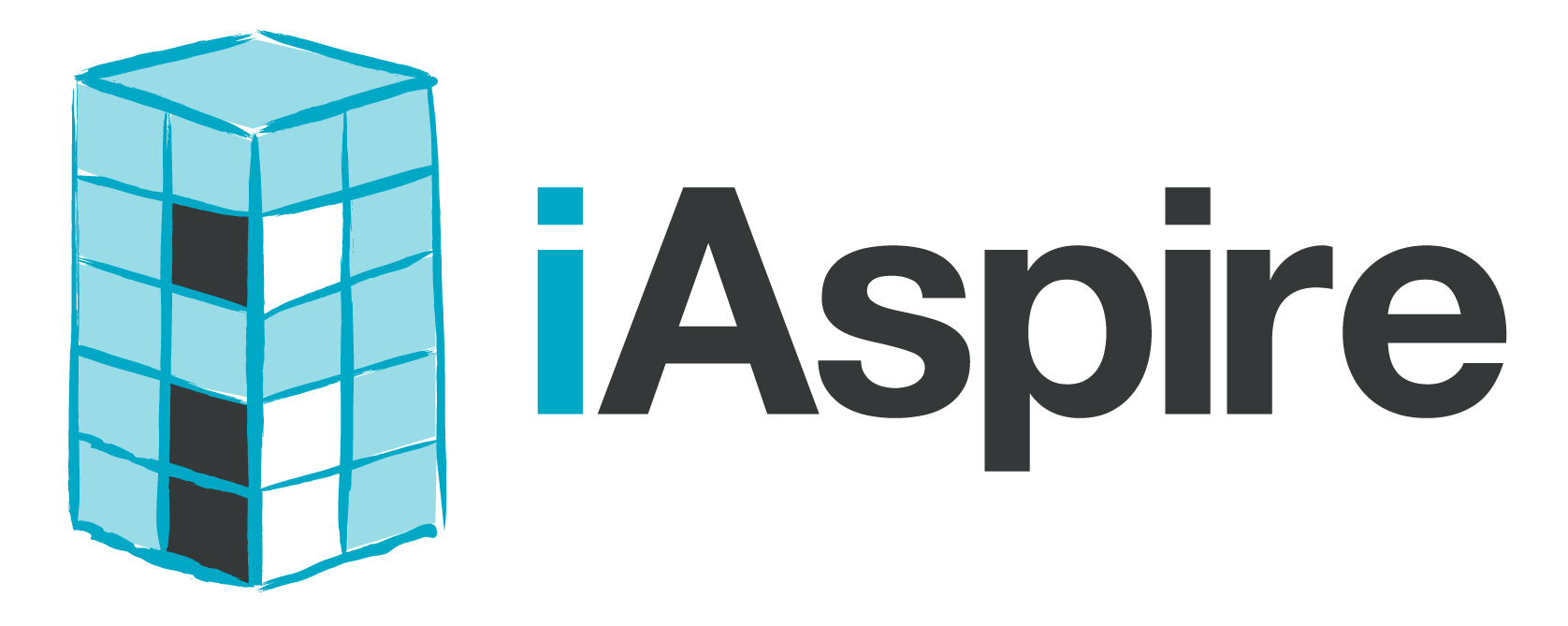How can teacher retention be improved?
We’re at a crossroads in education currently. Teachers are feeling the emotional, physical, mental, and social stress brought on by an extremely difficult job combined with the COVID-19 pandemic. In fact, teachers are twice as likely to report experiencing frequent job-related stress as the general employed adult public, and three times as many teachers said they experience symptoms of depression.
There are many headlines about teachers not getting paid enough, and while this is absolutely true, stress was the most common reason for teachers leaving the profession early, beating out insufficient pay and other factors.
With the understanding that teaching is a stressful job, let’s focus on teacher retention strategies district and school leaders can implement today that make an impact on teacher stress, satisfaction, and teacher retention.
Teacher retention strategies:
Run a cadence of recognition and appreciation. 60% of people say they are more motivated by recognition than money. Many districts are implementing signing bonuses for new hires and retention bonuses for those who stay. Yes, money is influential and can certainly make a difference in teacher and staff retention. However, educators typically enter the profession to make a difference in the lives of others, and taking a few minutes to recognize and appreciate the hard work and dedication of your staff can be even more meaningful than a $500 one-time bonus.
Spend time to make sure your teachers and staff know they ARE making a difference in the lives of your students, your families, and your community.
It doesn’t have to be overly complex. A simple Post-it note, knuckle bump, or story being shared in a program like iAspire can alter the course of your staff’s day.
Pulse and engagement surveys. Your staff has opinions and wants to share them. They have feelings and perspectives they want to make known to their leaders. Many districts and schools want to survey their staff but don’t have the tools, time, or knowledge of the types of questions to ask.
Again, don’t make this overly complex. There are many resources available that can help you create and implement surveys for your staff. Gallup’s Q12 Employee Engagement Survey has great questions you can ask your staff to gain their input and perspective. iAspire also has questions that can help you gain a better understanding of your people’s engagement through our 4 Principles of Connection model™.
Perhaps most importantly, you must be willing to be open to hearing your team’s thoughts and taking action based on your findings. Collecting data and having it sit on your desk is not enough. You must set aside your ego and listen to what was collected from your staff. Be open to making changes, and thank your staff for taking the time and having the courage to report on their own experiences at work.
Oh, and make sure your pulse and engagement surveys are anonymous!
Stay surveys and interviews. Similar to pulse and engagement surveys, stay surveys can help you better understand your employees’ experiences at work. A big difference is stay surveys are typically not anonymous; rather, the employees’ names are collected so you can follow through with them individually.
Once you recognize an employee or group of employees whose experience at work is negative, it’s important to follow up with them and have a 1:1 conversation (or stay interview). Ask for clarity, seek additional information, and try to fully understand the employee’s perspective and why they answered the way they did.
Again, thank them for their courage and willingness to share their ideas, and decide what actionable steps you can and are willing to take in order to improve the employee experience at work. It’s critical that you take action to help improve teacher retention based on the data you collect!
New teacher/staff induction. About 50% of new hires leave in their first five years, so this window is a critical time to ensure a positive work experience for your new hires. Create a process that supports the new teachers, their administrators, and those with whom they work. Think about ways to run more frequent pulse surveys to gauge how they are doing, informal check-ins to learn how to better support them, and don’t forget to recognize when they are doing well!
If you plan to run your new-teacher induction program manually, think about what is realistic to track and implement. It can get overwhelming in a hurry. A tool like iAspire can help you implement a transformative new teacher induction process with fidelity without needing manual intervention along the way.
Teacher retention is critical to the success of your organization and student achievement. By implementing the teacher retention strategies listed above, you’ll be on your way to increasing teacher retention and creating an environment where your staff choose to say because they are having such a great experience at work!
